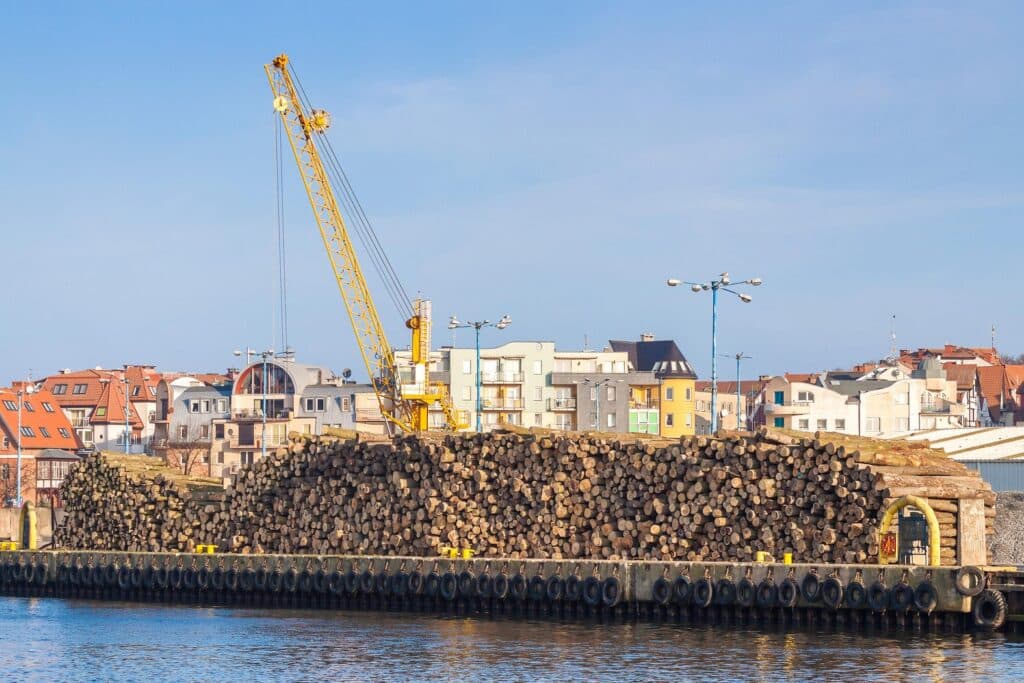Customs officials are using AI to improve the traceability of timber transported across borders as part of a crackdown on illegal and undocumented timber infiltrating European checkpoints.
The result is that officials can now use real-time analysis to track vehicles with enclosed vehicle loads, ending the use of fraudulent photos at checkpoints. They will use satellite technology to trace cars across borders.
This includes Romania, where government officials are pivoting to AI-powered data centres to manage huge volumes of timber now clogging up inspectors at sea and land ports.
As it stands, more than 1.5% of Romania’s GDP is tied to the forest economy, exporting hardwood and softwood furniture and flooring into EU and global markets.
According to Romania’s Environmental Minister, Mircea Fechet, “In November 2023, over 400,000 transport permits were issued,” with 450,000 cubic metres transported through smaller vehicles and vans.
Thanks to a permit system introduced in 2021 – SUMAL-2.0- transport companies must upload images of all timber that transfers through ports to an app before being assessed by one of 200 Forest Guard officials.
However, Minister Fechet said, “If we multiply each permit by four photographs (as required in the system), we are talking about over 1.6 million photographs in just one month.”
“Imagine what it means for one person to make 1.6 million clicks and check 1.6 million photographs physically,” adding that “it’s not even worth discussing” how Forest Guard officials can correctly assess all claims.
Under the new system the government is developing in collaboration with Google and local IT company Zitec, Forest Guard officials can analyse 400,000 permits in three days.
“It took, on average, less than a second for each permit—or 0.64 seconds per permit,” Minister Fechet said, adding that the government is now looking to a suite of technologies, including artificial intelligence, satellite imagery, video cameras, and LiDAR sensors, to halt fraud at checkpoints.
The push comes as investigative journalists have highlighted weaknesses with Romania’s SUMAL system – alleging that loggers have been cloning images to avoid detection.
“In the last two years, authorities have uncovered over 2000 clone transports, issued fines of EU 2 million and confiscated more than EU 1.6 million in illegal wood,” according to RISE, who said that transport companies were using the system as a gateway to push illegal timber into global supply chains.

Last month, Wood Central reported that Russian and Belarusian traders were now capitalising on soft enforcement at borders to avoid sanctions and infiltrate European supply chains with conflict timber. Yesterday, the New York Times reported on new technology developed by global scientists that can pinpoint Russian timber infiltrating European borders with 82% accuracy.
The new tech has the potential to completely transform the global supply chain of forest-based products, which has, until now, relied on “origin declaration statements” and third-party certification schemes to verify and demonstrate the “chain of custody” from origin.






